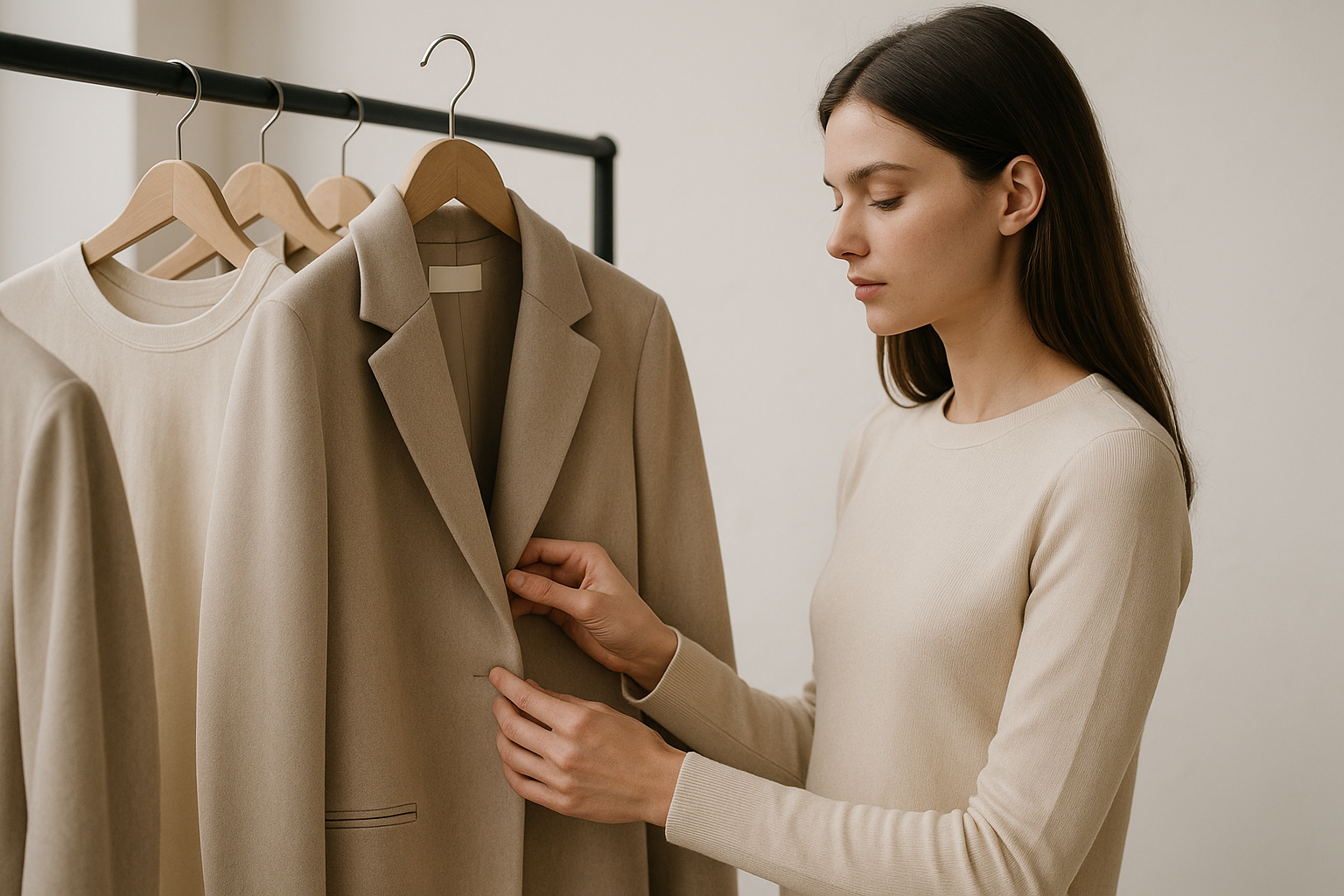Essential Guide to Large-Size Clothing: Fit, Style, Shopping, and Care
Finding clothing that fits comfortably and reflects personal style can be challenging when sizing varies widely across brands and regions. This guide explains how to use measurements for accuracy, choose flattering silhouettes, evaluate fabric and construction, shop more confidently online or in-store, and care for garments so they last longer and look better.

Fit, style, shopping, and care work together when building a reliable wardrobe in larger sizes. Because sizing systems vary, labels can feel inconsistent from brand to brand or even within a single retailer. Learning to rely on measurements rather than tag numbers, understanding how different silhouettes and fabrics behave, and developing smart shopping and maintenance habits can make your clothes more comfortable, durable, and expressive of your personal style.
Understanding sizes and measurements for fit
Sizing is a system of approximations. Start with three core measurements: bust/chest, waist, and hips. Use a soft tape measure, keep it parallel to the floor, and measure over close-fitting clothing. Record shoulder width, torso length, rise, and thigh circumference if you often adjust tops, dresses, or pants. Compare these numbers to each brand’s size chart rather than defaulting to your usual tag size for a more accurate match.
Between-size fit issues are common. If your hips are two sizes larger than your waist, consider A-line skirts or pants with more ease and a tailor-friendly waistband. For button-front tops and blazers, prioritize shoulder and bust fit, then tailor the waist if needed. In stretch garments, check fabric recovery by gently pulling and releasing the material; good recovery helps the garment hold its shape after wear.
Flattering styles, silhouettes, and proportion tips
Silhouette and proportion influence balance. Structured shoulders and clean vertical lines—such as long cardigans, column dresses, or straight-leg trousers—create continuity. Define the waist where it’s comfortable, whether with a wrap, empire seam, peplum, or belted blazer. If you prefer looser tops, pair them with tapered or straight bottoms to keep volume in check.
Necklines matter: V-necks, scoop necks, and open collars elongate the torso, while boat necks broaden the shoulder line to balance fuller hips. Hem placement can change proportions—try tunics ending mid-thigh, skirts at the knee, or cropped jackets that meet the natural waist. When mixing prints and colors, use one focal point and anchor it with solid basics. Tailored layers like a structured vest or unlined blazer add polish without bulk.
Fabrics, construction, and quality to prioritize
Fabric choice affects drape and comfort. Look for knits with balanced stretch and recovery (for example, cotton-modal-spandex blends) and wovens with a touch of elastane for mobility. Midweight fabrics often skim rather than cling, while fluid weaves like rayon twill or TENCEL lyocell offer movement with breathability. Avoid stiff textiles in closely fitted pieces unless they include darts or panels that shape the body.
Construction signals durability. Reinforced seams at stress points, bias-bound or serged edges, and adequate seam allowances make alterations easier and reduce fraying. Check button spacing on shirts and blazers; smaller gaps reduce gaping. For pants, a contoured waistband and back darts improve fit through the waist and hips. Lined skirts and dresses help smooth layers and prevent clinging, especially over tights.
Shopping strategies: brands, charts, returns
When shopping in-store, bring your measurement notes and try multiple sizes and cuts. Online, rely on detailed size charts and garment measurements (garment width, length, rise, and thigh), not just alpha or numeric labels. Read fit notes and reviews from customers with similar measurements. If available, use virtual try-on or fit predictor tools as a reference, not a final answer.
Explore a range of brands that publish comprehensive sizing information and offer consistent fit blocks. Many mainstream retailers now carry extended sizing alongside dedicated labels with robust size charts. Prioritize stores with flexible return policies, prepaid labels, and clear alteration options. Keep a shortlist of reliable sources and retain order histories to track which cuts and fabrics worked, helping you repeat successful purchases.
Care, alterations, and making clothes last
Thoughtful care extends garment life. Wash less often when possible; spot-clean and air garments between wears. Use cold water, gentle cycles, and mesh bags for delicate knits. Lay sweaters flat to dry to prevent stretching, and use low heat if tumble-drying is necessary. Steam rather than iron to preserve elastane and reduce shine on darker fabrics.
Simple alterations can transform fit. Hem pants and skirts to your preferred shoe height, taper sleeves for a neater line, and adjust waistbands or darts for comfort. Many garments can be taken in more easily than let out, so check seam allowances before buying if you anticipate changes. For long-term upkeep, rotate shoes and outerwear to avoid stress on single items, store garments on sturdy hangers, and fold heavy knits to prevent shoulder bumps.
A wardrobe that fits well and lasts begins with accurate measurements, proportion-aware styling, and careful fabric choices. Add in consistent shopping habits and maintenance, and you create a closet of dependable pieces that support comfort, function, and personal expression over time.




